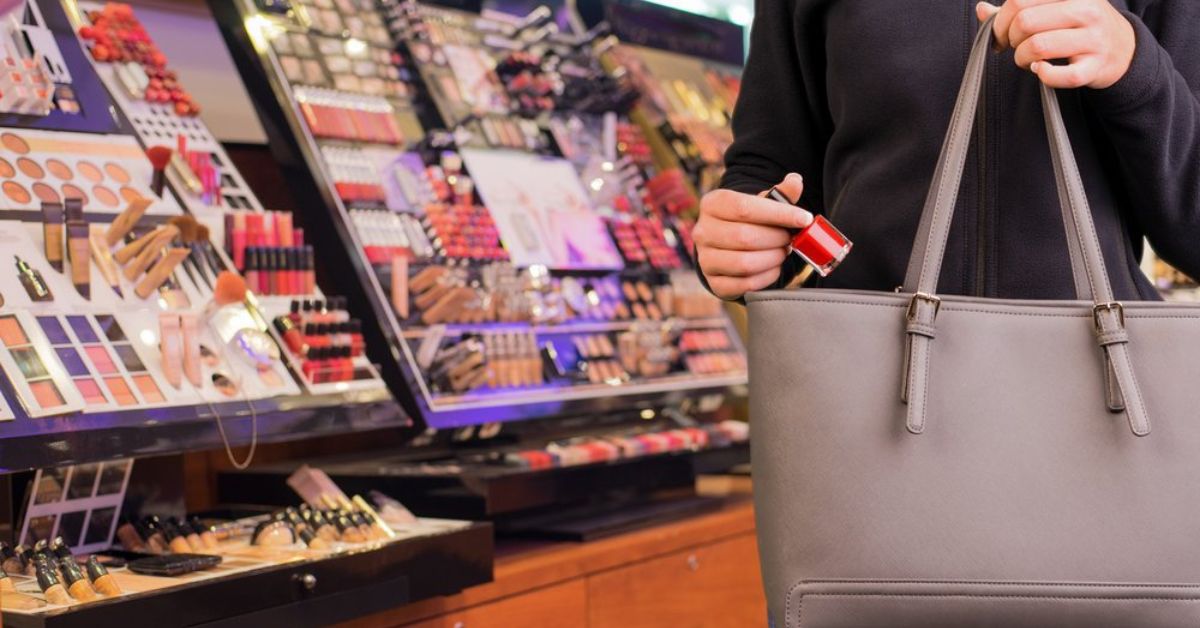A shoplifter is someone who takes items from a store without paying. Shoplifting isn’t always about survival or financial struggle. Sometimes, it’s about greed, addiction, or even mental health issues. Different types of shoplifters include amateurs, while others are highly skilled professionals who know how to get away with it.
Stores face a wide range of challenges because shoplifters use many tricks. In this way, shoplifters can bluff employees and seek opportunities to steal items. These professional shoplifting secrets can be more challenging and make the situation more violent.
Let’s have a look at the types of shoplifters you should beware of.
Different Types Of Shoplifters You Should Keep An Eye For!
The Impulsive Shoplifter

This shoplifter acts on a whim. They see something they like, and without much thought, they take it. This type isn’t necessarily experienced and often regrets their actions later.
Characteristics
They might look nervous or fidgety. Impulsive shoplifters are aggressive and can make poor attempts to hide items and may seem unsure of what to do next.
Common Methods Used
These shoplifters grab small, easily concealable items like candy, makeup, or small gadgets.
Why They Steal
Impulse shoplifters may not plan their actions. The need to manage finances or peer pressure can compel them to steal.
The Professional Shoplifter
Professional shoplifters are skilled, calculated, and often hard to detect. Unlike impulsive shoplifters, they steal for profit. They may resell items or supply stolen goods to others. They often use professional shoplifting secrets, like tools and tricks, to avoid getting caught.
Characteristics
They blend in well, acting like ordinary customers. Professionals are calm and collected, rarely drawing attention to themselves.
Common Methods Used
Tools like lined bags that block security tags or devices to remove anti-theft tags.
Why They Steal
It’s a business. Professionals see shoplifting as a job, targeting high-value items like electronics, designer clothing, or jewellery.
The Opportunistic Shoplifter

Opportunistic shoplifters don’t plan ahead. They act when they see an opening, such as a distracted cashier or a busy store.
Characteristics
These individuals tend to hover near exits or crowded aisles. They watch for moments when no one is paying attention.
Common Methods Used
Quickly grabbing items from displays close to store entrances.
Why They Steal
They see a chance and take it. A store’s environment—like lack of staff or poor surveillance—often influences their actions.
The Thrill-Seeking Shoplifter
For this group, shoplifting is about excitement. They’re not stealing because they need to but because they enjoy the adrenaline rush.
Characteristics
These individuals use professional shoplifting secrets and may appear overly casual while lingering in the store.
Common Methods Used
They target small but valuable items, like cosmetics, perfumes, or small electronics, which are easy to hide.
Why They Steal
Why people shoplift? Well, the thrill of “beating the system.” For them, it’s about getting away with it more than the actual item they take.
The Addict Shoplifter

Substance abuse can lead to theft. Addict shoplifters often steal to fund their habits, targeting items they can quickly sell or trade for cash.
Characteristics
Addict shoplifters may seem anxious, erratic, or desperate. Their behaviour often appears rushed or frantic.
Common Methods Used
Grabbing high-demand items like electronics, alcohol, or branded clothing is one of the most common tactics of these addict shoplifters.
Why They Steal
Their addiction drives them to steal. They focus on high-value items that are easy to sell.
The Juvenile Shoplifter
Teenagers and young adults make up a significant percentage of shoplifters. They often steal due to peer pressure or as a form of rebellion.
Characteristics
Juvenile shoplifters work in groups. They laugh or whisper while moving through the store to act normal and avoid looking suspicious.
Common Methods Used
The most common place to hide items is in backpacks, pockets, or under clothing.
Why They Steal
For some, it’s a dare or an attempt to impress friends. Others may do it out of boredom or lack of understanding of the consequences.
The Kleptomaniac
Kleptomania is a mental health condition that makes stealing uncontrollable, unlike other shoplifters. The methods used by shoplifters don’t steal for thrill or profit.
Characteristics
They often target items of little value and don’t need the things they take.
Common Methods Used
Taking items openly or in plain sight, as they lack a calculated plan.
Why They Steal
It’s a compulsive urge they can’t control. In many cases, they need psychological help to address the problem and also face shoplifting penalties.
The Group Shoplifter

Group shoplifting involves multiple people working together. One or more individuals create distractions, while others steal items.
Characteristics
Groups split up and act suspiciously. Some members may block employees’ views while others hide items.
Common Methods Used
Coordinated actions like faking a spill or engaging a cashier in a lengthy conversation.
Why They Steal
With multiple people involved, it’s easier to confuse employees and increase their haul.
Let’s take a look at a pie chart to analyze different types of shoplifters.
Breaking It Down: 5 Types of Shoplifters Pie Chart
This pie chart will give you a clear and better understanding of types of shoplifters which can help you prepare for theft prevention.
Protecting Your Business From Shoplifters
Now that you know about the different types of shoplifters and the methods used by shoplifters, here are a few tips to protect your store:
- Train Employees: Teach them to spot suspicious behaviour.
- Improve Surveillance: Use security cameras and mirrors to monitor the store.
- Secure High-Value Items: Keep expensive products in locked displays.
- Engage Customers: Shoplifters are less likely to act if they feel watched.
Wrap Up
Shoplifting affects businesses of all sizes. By understanding the types of shoplifters and their tactics, you can better protect your store. Whether it’s a professional shoplifting secret or an impulsive grab, being prepared makes all the difference.
Now you know what is a shoplifter and how they operate. Stay alert, educate your team, and keep your business safe.






